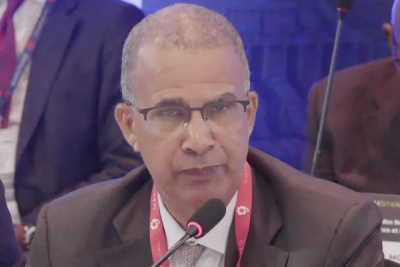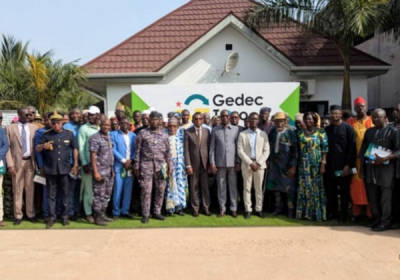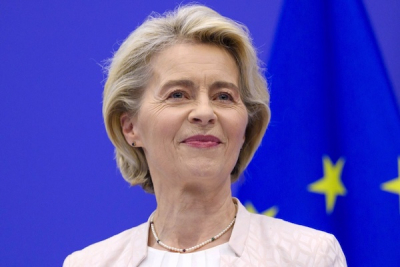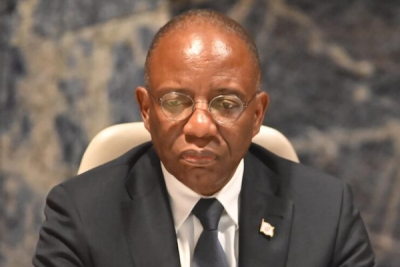Kobold Metals, a mining company backed by Jeff Bezos and Bill Gates, is gaining traction in its bid to acquire a stake in the Manono lithium project in the Democratic Republic of Congo (DRC). Recent developments, including the visit of Massad Boulos, U.S. President Donald Trump’s Senior Advisor for Africa, to Kinshasa on April 2-3, 2025, signal growing U.S. interest in the DRC’s mining sector.
During his meeting with President Félix Tshisekedi, Boulos discussed strengthening bilateral ties through a potential “security for minerals” agreement to boost U.S. private sector investment, foster peace in the African nation, and preserve its territorial integrity. While details of the agreement remain unclear, Boulos confirmed progress toward a framework that could support American companies like Kobold Metals.
"I look forward to working with President Félix Tshisekedi and his team to stimulate US private sector investment in the DRC, particularly in the mining sector, with the shared goal of contributing to the prosperity of our two countries," he added.
Kobold’s proposal to develop the Manono deposit, which it describes as “a large-scale, long-term lithium mine,” comes as the DRC faces legal disputes over the project. Resolving these issues could help Kinshasa close its case with AVZ Minerals, in which state-owned Cominière was condemned to pay €39.1 million in penalties.
Further boosting Kobold’s position are recent U.S. tariffs targeting various countries, including Indonesia and China, both major players in the lithium battery supply chain. Washington’s recent measures could bolster American investment in the DRC as global demand for lithium continues to rise.
China-US Rivalry
The Democratic Republic of Congo (DRC) is emerging as a strategic player in the global race for critical minerals, with its 11% tariff for access to the U.S. market positioning it as an attractive alternative for American companies like Kobold Metals. Under the Trump administration’s new trade policies, this low tariff rate, combined with exemptions on several critical minerals—including cobalt, graphite, lithium, and tantalum, according to La Tribune—reinforces the strategic importance of investing in the DRC. As one of the world’s leading producers of these resources, the DRC holds significant leverage in negotiations.
Further strengthening Kobold Metals’ position is a proposed bill in the U.S. Congress aimed at curbing China’s dominance in Africa’s critical mineral supply chains. With Beijing controlling 80% of mining projects in the DRC, this legislative initiative aligns with broader U.S. efforts to counter China’s influence while promoting American investment in Africa’s strategic resources.
The DRC, however, has its own priorities. It seeks not only a militarily reliable ally but also greater participation in value chains tied to its mineral wealth, particularly as it advances its energy transition goals. The recent launch of a special economic zone (SEZ) dedicated to producing battery precursors and potentially assembling electric vehicles underscores Kinshasa’s ambition to capture more value domestically.
Competing with Rio Tinto
Competition for Manono’s lithium is intensifying. Anglo-Australian mining giant Rio Tinto has reportedly expressed interest in the deposit, adding pressure on the Congolese government to resolve disputes and capitalize on Western interest. This rivalry between Kobold Metals and Rio Tinto could strengthen Kinshasa’s negotiating position but also accelerate decision-making in a sector where China remains dominant.
For the Trump administration to secure deeper access for American investors, it will need to offer tangible guarantees that address Kinshasa’s economic and security concerns. In this geopolitical contest over African minerals, Manono’s lithium has become emblematic of the global competition for resources critical to the energy transition. How this plays out will depend on whether the DRC can balance its strategic objectives with mounting international interest in its mineral wealth.
This article was initially published in French by Georges Auréole Bamba
Edited in English by Ola Schad Akinocho










